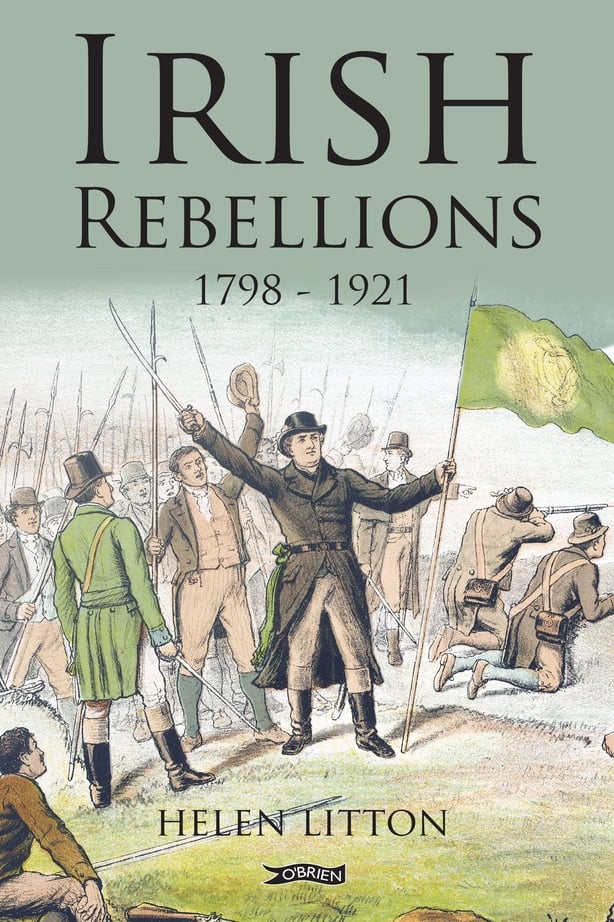That key 120 year period of revolt leading to sovereignty is traced in Helen Litton's engaging study, charting a momentous course from the United Irishmen in 1798 to the IRA and the War of Independence.
A 1798 massacre on Wexford bridge involved pikes being thrust methodically into the bodies of the arrested by the rebels - `standing two before and two behind the prisoner' - before the body was raised from the ground and held suspended, `writhing with pain'.
Such mass killings were also a spectacle of entertainment for local people was noted by the Rev James Gordon, who wrote a history of the Rebellion. The 'wretches' who watched the executions, the Reverend noted, were for `the greater part women, assembled to behold it, who rent the air with shouts of exultation on the arrival of each fresh parcel of victims at the fatal spot.'

Litton signals a new and distinct aim in train for the rebels of 1798, which she sees as a `a groundswell of movement for civil and religious rights, and national independence, in a way not true of earlier uprisings.' She notes how the Nine Years War - O'Neill and O'Donnell - was essentially about holding on to ancestral lands, a very different objective indeed.
The 188-page work from the respected historian is replete with period illustrations and vivid black-and white photographs while contemporary accounts enliven the fluidly-told story. The compelling chronicle of unrest draws to a conclusion with the death of Kevin Barry and Terence MacSwiney's death following hunger strike. The prospect of an Anglo-Irish Treaty eventually trundles into view as we reach the final page - a notable absentee from its London proceedings being one Eamon de Valera.







